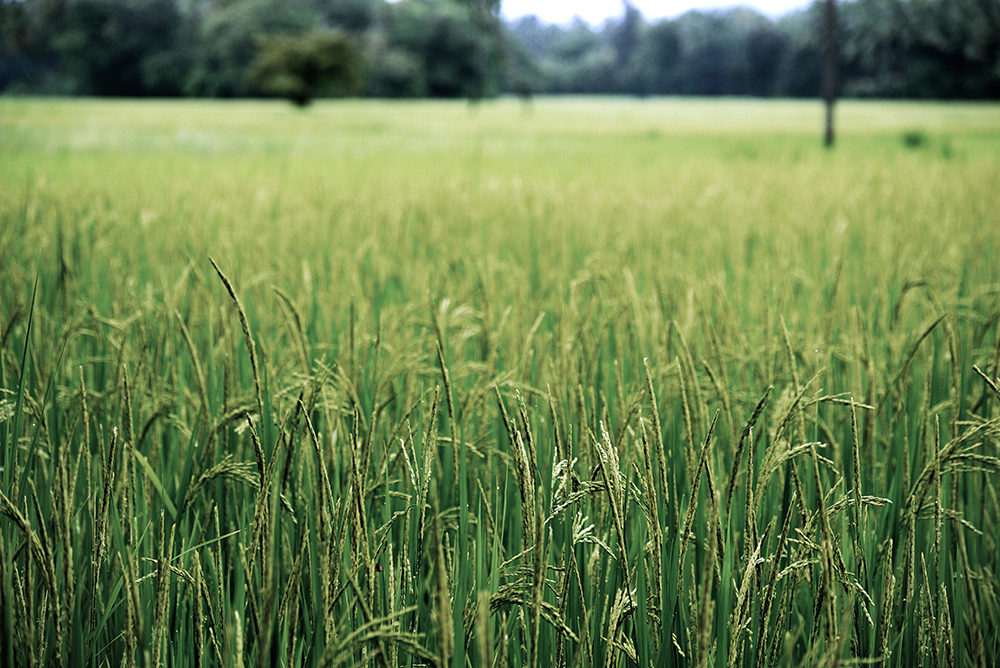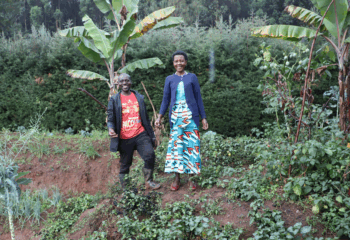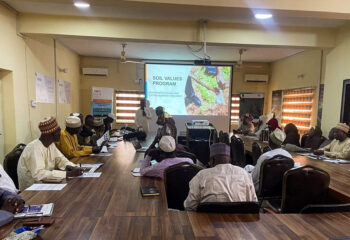
Parihar, C., Singh, A., Jat, S., Dey, A., Nayak, H., Mandal, B., Saharawat, Y., Jat, M., Yadav, O. (2020). Soil quality and carbon sequestration under conservation agriculture with balanced nutrition in intensive cereal-based system. Soil and Tillage Research, 202, 104653. doi:10.1016/j.still.2020.104653. https://www.sciencedirect.com/science/article/pii/S0167198720304359.
Soil quality is directly linked to food quality, as more than 95% of food is directly or indirectly produced in our soils. Soils supply the essential nutrients, water, oxygen, and root support that our food-producing plants need, while also providing a conducive environment for microbial activity.
South Asia, the home of world’s most undernourished and poor people, initiated intensive production technologies around five decades ago to feed its ever-increasing population, but not without issues. Intensive conventional tillage, inadequate or imbalanced use of inorganic fertilizers, and exploitation of natural resources – the integral components of these intensive production systems – led to secondary problems of soil degradation and other direct threats to a sustainable production system.
The study has a direct implication on the more than 50 million hectares of Indo-Gangetic Plains.
Since that time, conservation agriculture (CA)-based practices employing minimum tillage, permanent soil cover, and crop diversification, along with optimal use of inorganic fertilizers, have shown great potential as a sustainable and profitable production system for the region. Nevertheless, there are wide knowledge gaps regarding the understanding of nutrient management in CA systems worldwide. Therefore, plant demand-based efficient nutrient management needs CA plus other technologies (CA+).
Our research study of integrating site-specific nutrient management (SSNM) with CA (CA+SSNM) reveals that reduced tillage and precise nutrient management can rapidly improve soil fertility and quality and enhance carbon sequestration potential as well as crop productivity in sandy loam soils of the North-Western Indo-Gangetic Plains of South Asia.
SSNM with CA resulted in improved soil physical parameters (water-stable aggregates, saturated hydraulic conductivity, mean weight diameter, etc.), chemical parameters (soil organic carbon, available NPK and C), and biological parameters (microbial biomass carbon and enzyme activity). Mean weight diameter, soil organic carbon, and available K are the minimum set of soil quality indicators for better nutrient management in CA+ systems.
This scientific study proves the superiority of SSNM-based CA over conventional practices and also substantiates the fact that CA-specific nutrient management protocols are essential to unlock the full benefits of CA. The study highlights that nutrient management should be considered the fourth component of CA, along with tillage, crop residue, and crop rotation management.
In the current scenario, CA, if managed well through SSNM protocols, presents a win-win situation in the intensively cropped agriculture of South Asia, with the added benefits of enhanced productivity, improved soil quality, and augmented carbon-sequestration potential. The study has a direct implication on the more than 50 million hectares of Indo-Gangetic Plains covering India, Pakistan, Nepal, and Bangladesh.
Access “Soil quality and carbon sequestration under conservation agriculture with balanced nutrition in intensive cereal-based system” at Science Direct.
Check out more IFDC research and resources at the IFDC Online Library.



